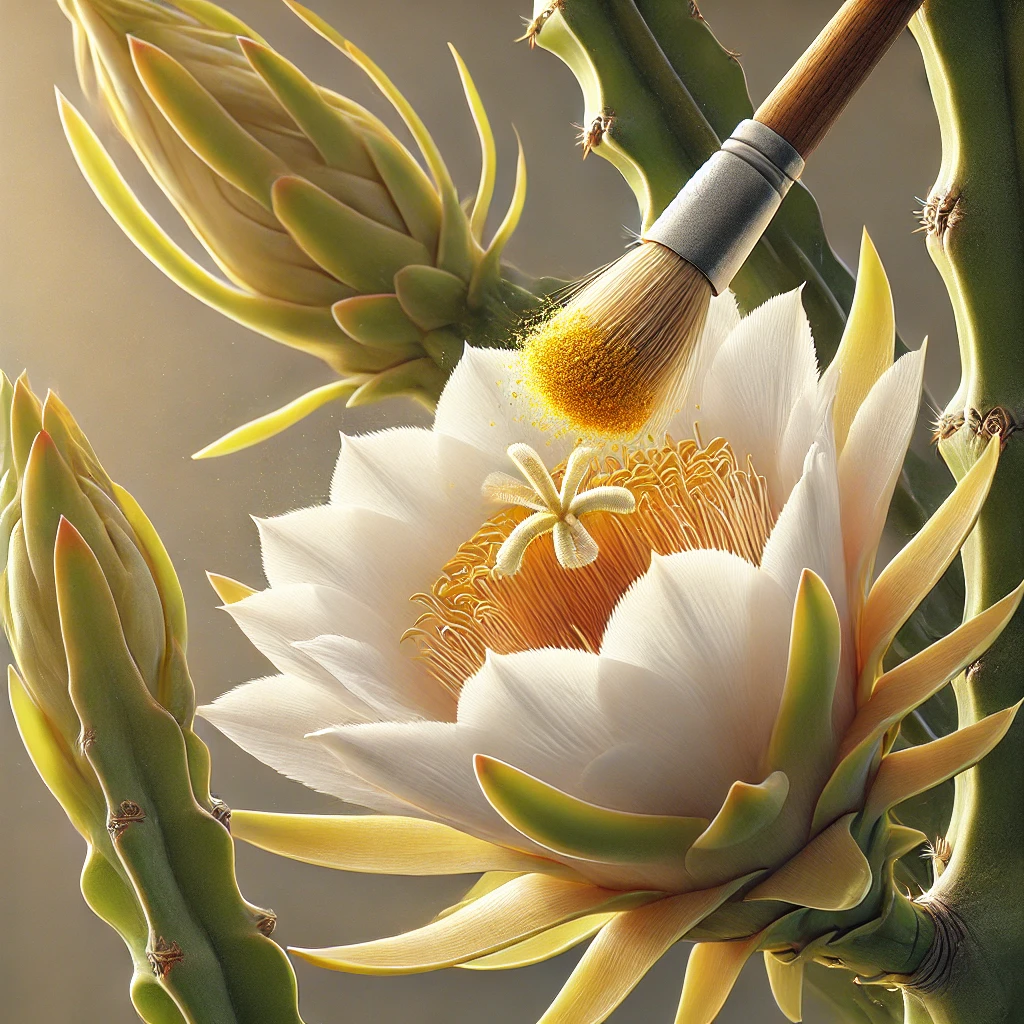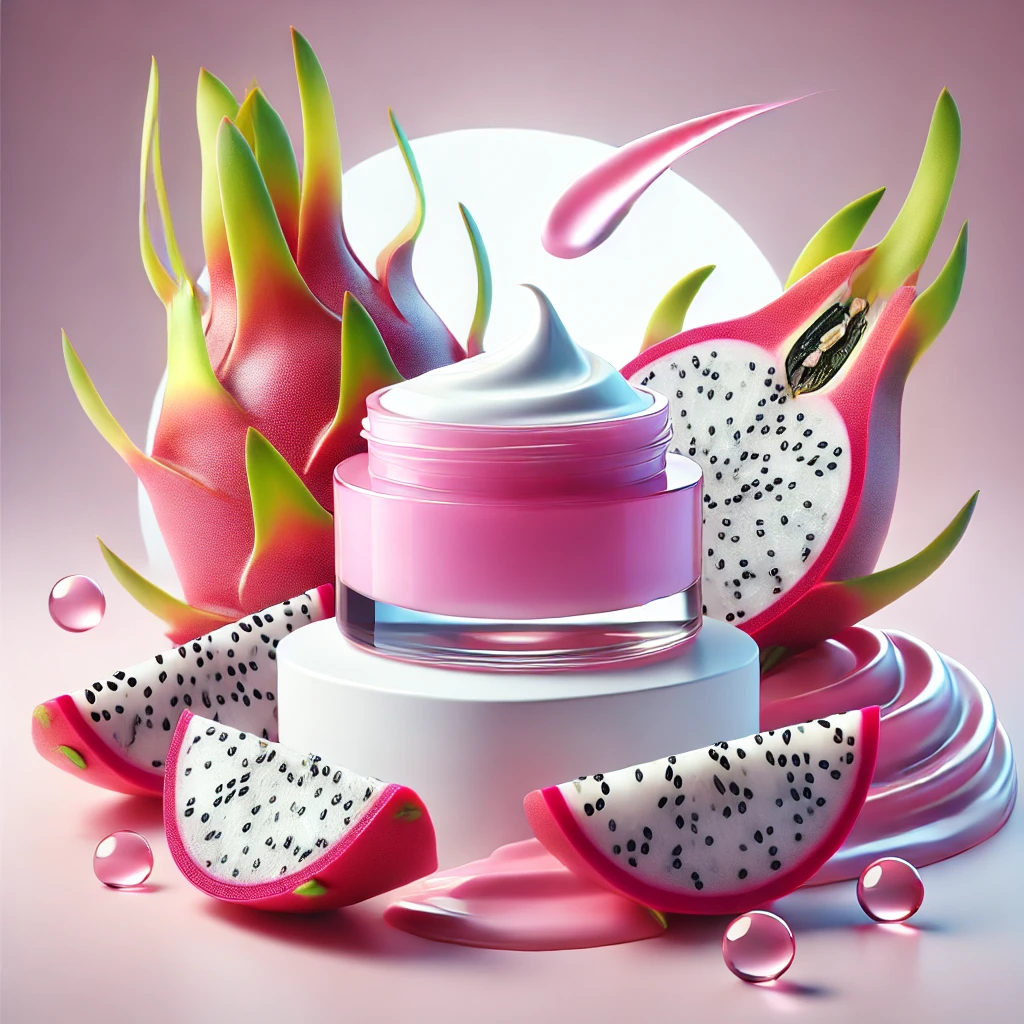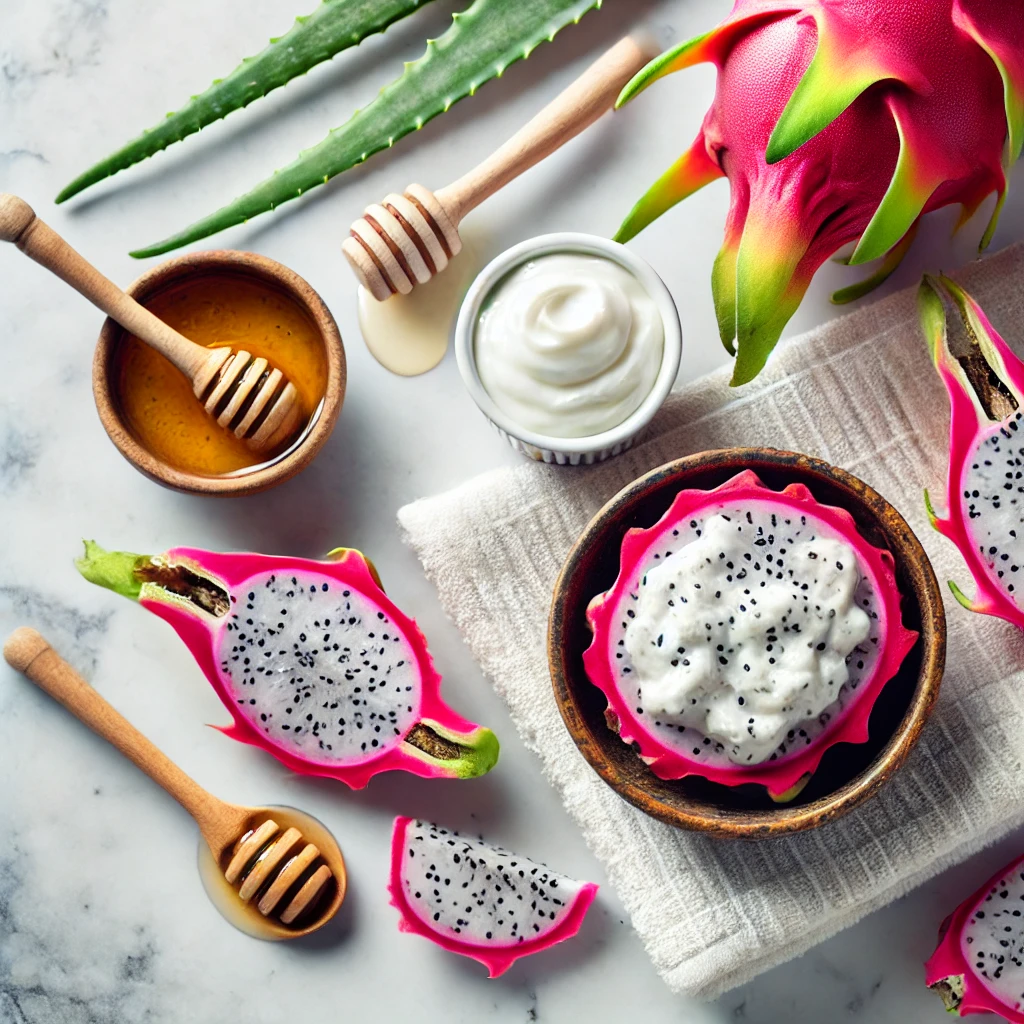The Art of Collecting and Pollinating Dragonfruit for Maximum Yield
Dragonfruit, or pitaya, is a tropical delight known for its unique look and refreshing taste. While growing dragonfruit is an exciting venture, understanding the intricacies of its pollination process is crucial for fruit production. Many dragonfruit varieties require cross-pollination to bear fruit, which can be a complex but rewarding process. This blog post will guide you through how to effectively collect pollen and pollinate dragonfruit flowers to ensure a fruitful harvest.
Understanding Dragonfruit Pollination
Dragonfruit is predominantly pollinated by nocturnal creatures, such as bats and moths, in its natural habitat. However, in home gardens or commercial farms, manual pollination is often necessary to ensure that the flowers are properly pollinated, especially since many cultivated varieties do not self-pollinate effectively.
Collecting Dragonfruit Pollen
- Timing: Dragonfruit flowers bloom overnight and remain open until early morning. The best time to collect pollen is late at night or at dawn when the flowers are fully open.
- Tools Needed: Prepare a small, clean paintbrush or a cotton swab and a small container to hold the collected pollen if you plan to store it.
- Technique: Gently brush the pollen from the stamens, which are the male parts of the flower, with your tool. Ensure you collect as much pollen as possible without damaging the flower. If you are not using the pollen immediately, store it in a cool, dry place.
Pollinating Dragonfruit Flowers
- Selecting Flowers: Choose a healthy, open flower on another dragonfruit plant. Cross-pollination between different plants or varieties often yields the best results.
- Applying Pollen: Using the same brush or swab, gently apply the pollen to the stigma of the new flower. The stigma is the sticky part of the female section of the flower, located centrally among the stamens.
- Repeat the Process: To increase the chances of successful pollination, apply pollen to several flowers across different plants. More pollinated flowers typically mean more fruit.
Tips for Effective Dragonfruit Pollination
- Multiple Varieties: Growing multiple dragonfruit varieties close to each other can increase your chances of successful cross-pollination due to the genetic diversity.
- Regular Collection: Collect pollen from different flowers to maximize genetic diversity and potential fruit quality.
- Optimal Conditions: Ensure your dragonfruit plants are healthy and growing in optimal conditions — well-watered, fertilized, and in plenty of sunlight. Healthy plants are more likely to produce viable flowers and fruit.
- Labeling: If you are experimenting with crossing different varieties, keep detailed records of which plants you have pollinated with which pollen. This can help you identify the most successful combinations for future cultivation.
Storing and Handling Pollen
If you collect more pollen than you need, it can be stored in a cool, dry place for a few days. For longer storage, pollen can be kept in the refrigerator in an airtight container. However, fresher pollen generally has better viability.
Conclusion
Manual pollination of dragonfruit may seem daunting, but with the right techniques and some practice, it can become a manageable and enjoyable part of gardening. By actively participating in the pollination process, you can significantly increase the likelihood of your dragonfruit plants producing fruit. This hands-on approach not only enhances your gardening skills but also deepens your connection to the cultivation process, bringing you closer to the natural world and its fascinating cycles. Whether you are a home gardener or a commercial grower, mastering the art of collecting and pollinating dragonfruit flowers is a valuable skill that can ensure a bountiful and vibrant harvest.



